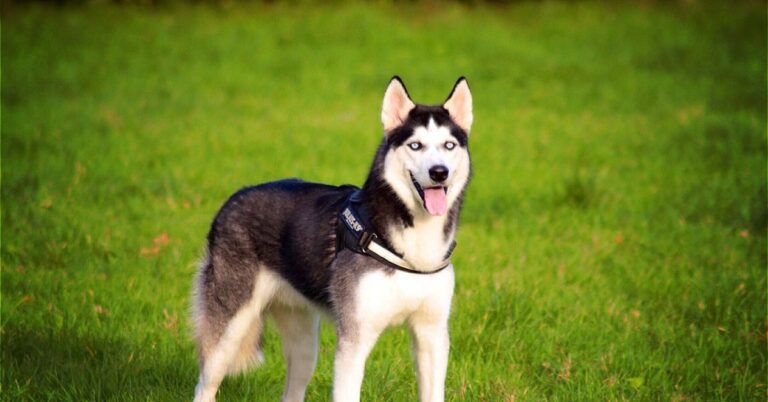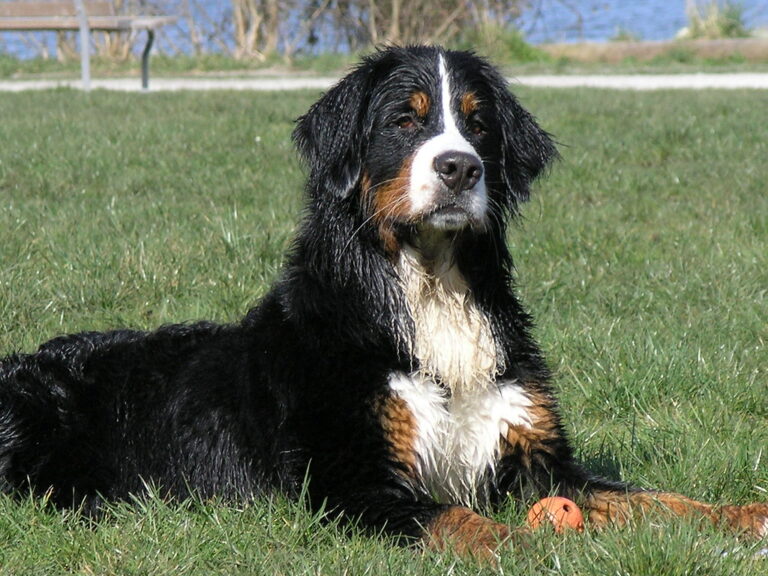10 Traits That Make Akitas And Shibas Totally Different
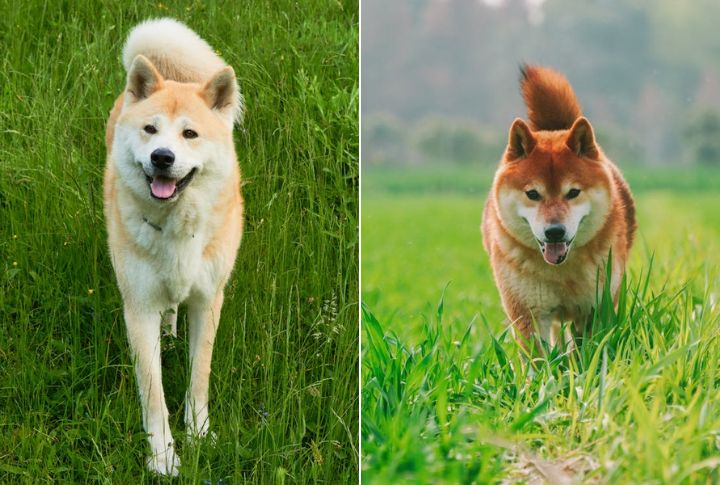
You’ve swiped through the photos, skimmed the breed stats, and still can’t pin down how an Akita really differs from a Shiba? The key contrasts aren’t always obvious or where you’d expect them to be. Let us break it down for you one trait at a time.
Training Difficulty And Owner Experience
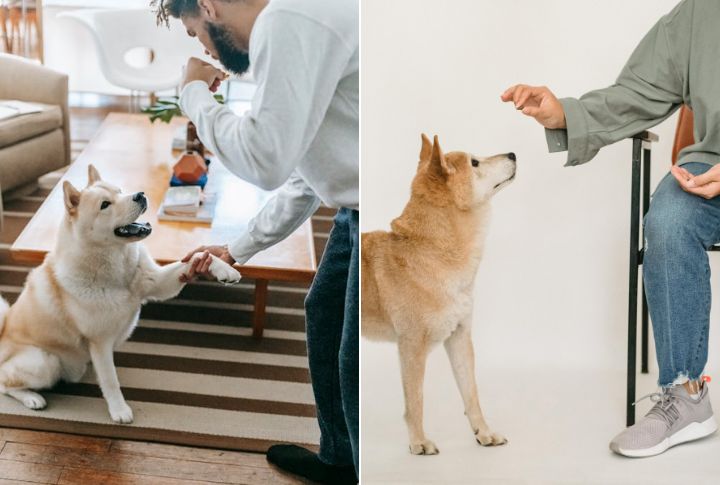
First-time owners often choose Shibas for their cute looks, then struggle with their escape-prone behavior. Akitas, by contrast, are more serious dogs that need firm structure and respect. Both breeds are challenging, but in different ways: Shibas resist control, while Akitas expect strong guidance.
Lifespan And Overall Health
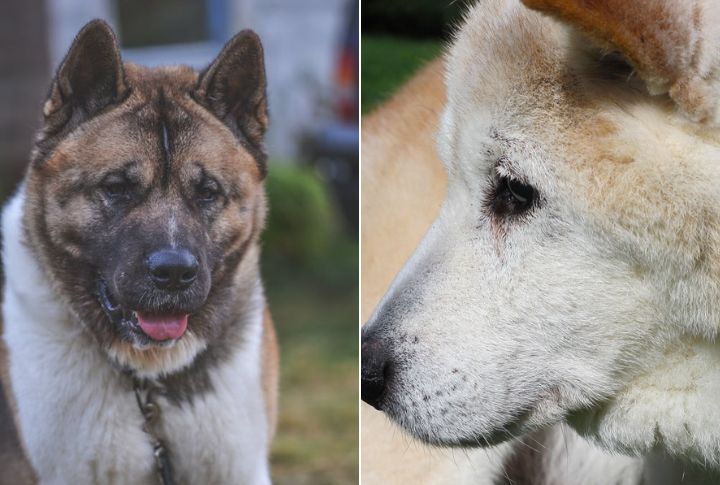
Shibas generally live longer (up to 16 years) but are prone to allergies. Akitas have a shorter lifespan of 10 to 13 years and face higher risks of osteosarcoma and progressive retinal atrophy. Due to these vulnerabilities and limited genetic diversity, early OFA and CERF testing is recommended for both breeds.
Size And Build
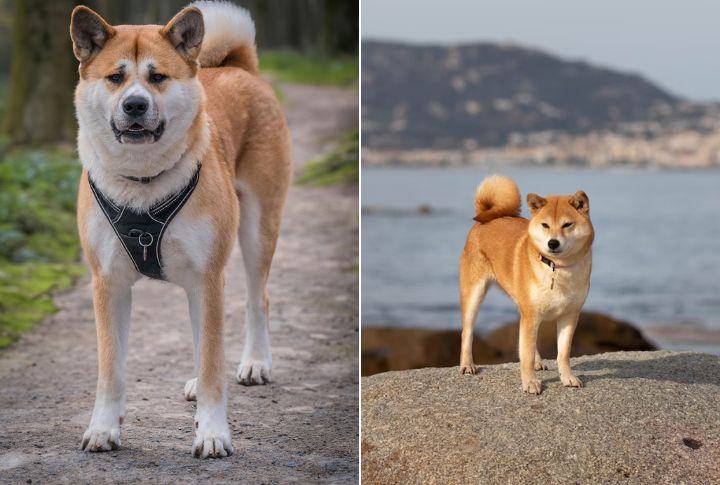
A full-grown male Akita can weigh up to 130 pounds, more than three times the weight of a Shiba. The bigger canines were bred to hunt boar in Japan’s snowy mountains, which gave them dense bones and a powerful build. Shibas, by contrast, were designed with a nimble frame in mind.
Escape Behavior

Shibas are incredibly agile; some can scale fences with the ease of a raccoon and slip out without being noticed. Compared to them, Akitas aren’t escape artists. However, they may act too independently sometimes and ignore recall commands just because they feel like it.
Temperament Origins
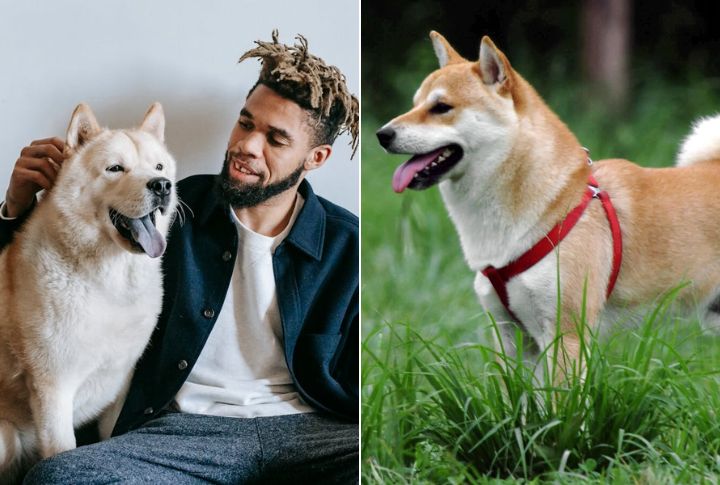
Akitas are deeply affectionate and loyal because they were bred to guard nobility in Japan’s Edo period. Their role required strong bonds with their owners. Shibas, on the other hand, were bred to hunt small game alone. That history shaped their more independent, self-reliant personalities.
Shedding Patterns
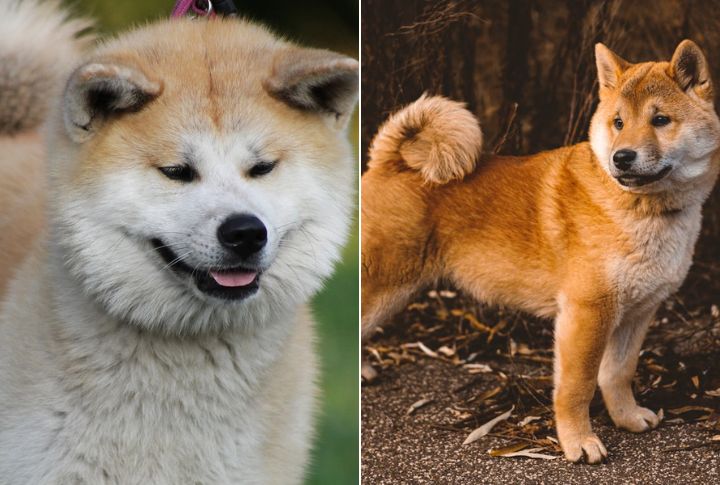
Twice a year, Akitas “blow coat” in what looks like a furpocalypse. Their thick, double coat was for the snowbound winters of Akita Prefecture. Although Shibas shed steadily throughout the year, too, they do so less dramatically and more consistently. Still, do expect clouds of hair either way.
Vocality
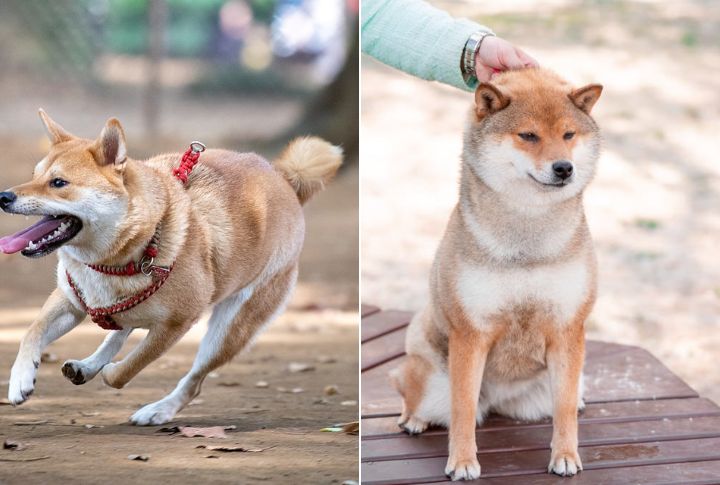
Shiba Inus are famously vocal, especially when displeased. The signature “Shiba scream” is a high-pitched yelp that’s become a viral sensation, with YouTube compilations dating back to 2010. In contrast, Akita Inus are quiet by nature. As former silent hunters, they rarely bark unless there’s a real reason.
Social Behavior
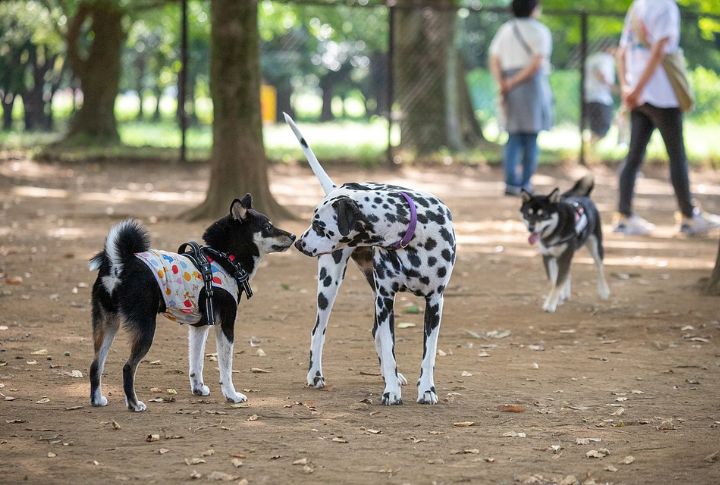
As they were once fighting breeds, Akitas tend to be dominant and often react poorly to other dogs, particularly those of the same gender. Shibas can coexist with others, but only when they’re in the mood. Structured group classes can improve these breeds’ social skills.
Environmental Sensitivity
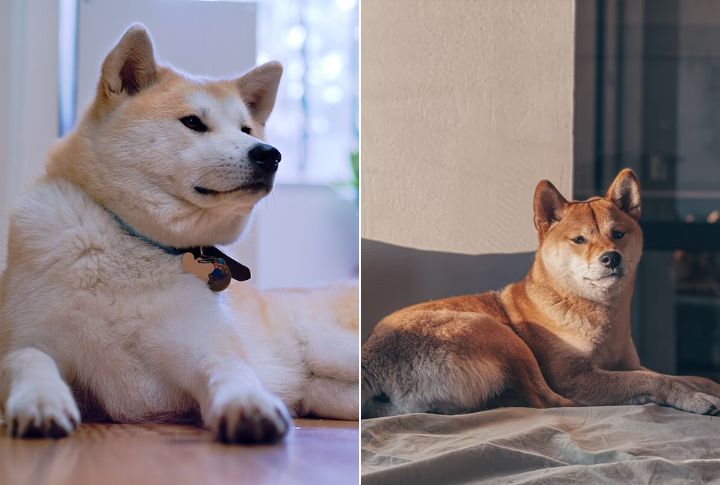
Shibas handle household noise and mood swings well as long as their routine stays consistent. Akitas, on the other hand, absorb tension and reflect it. Their intense loyalty makes them highly sensitive to their owner’s emotional state, which fuels their protective nature. Sensitive doesn’t mean soft here.
Bite Strength And Play Style
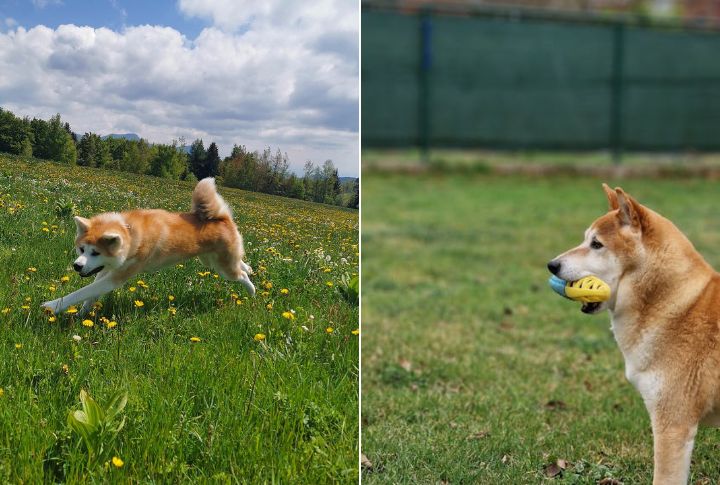
With a bite force of 350 to 400 PSI, Akitas can turn roughhousing serious in seconds if not monitored. Quick and nimble, the smaller breed prefers darting and dodging over brute strength. Neither dog is aggressive by nature, but both require supervised play, especially around children or small pets.
